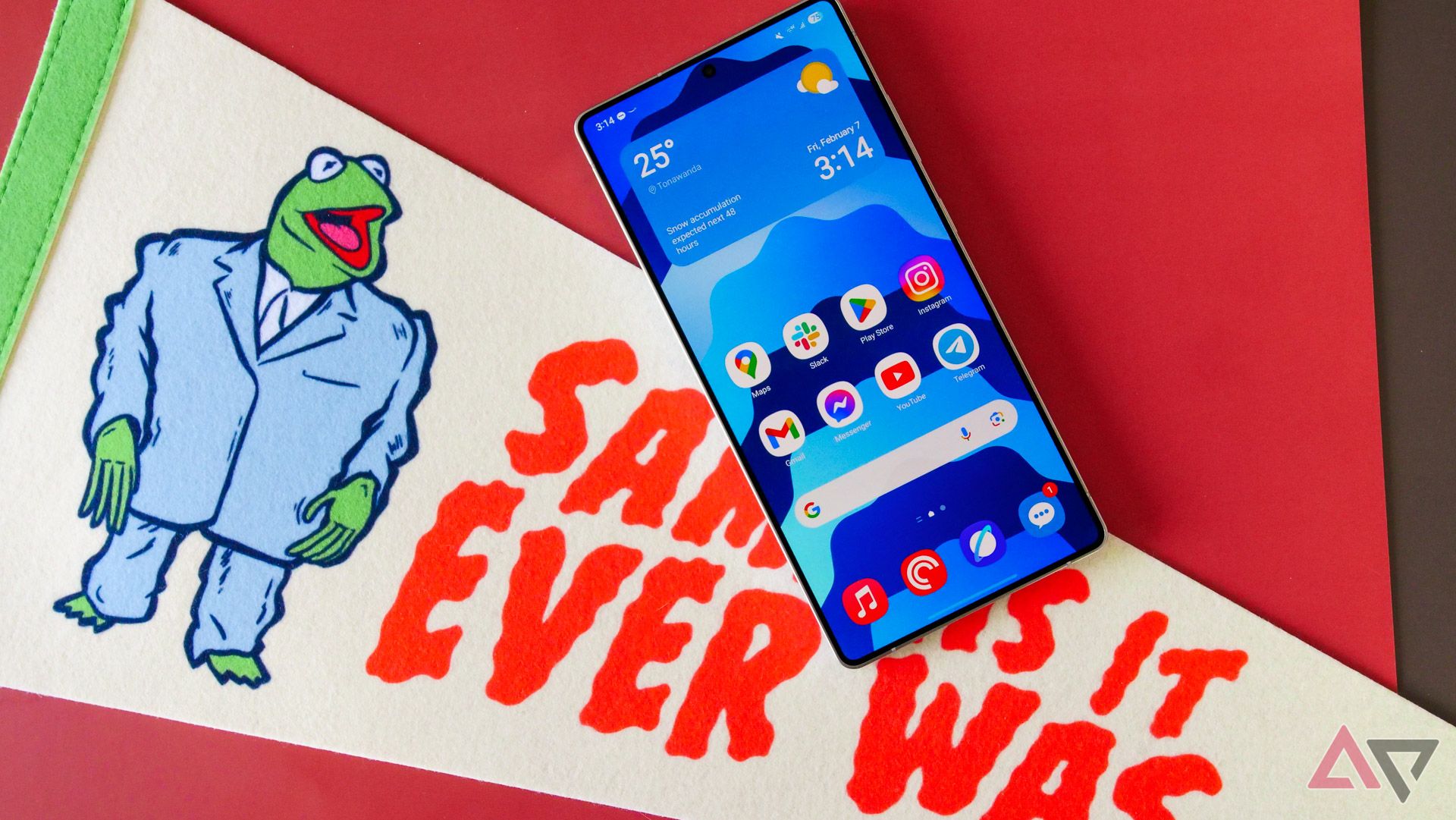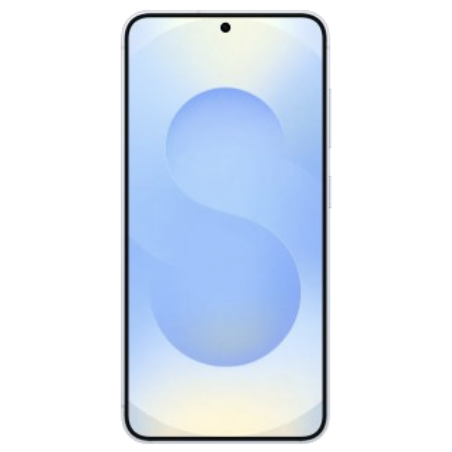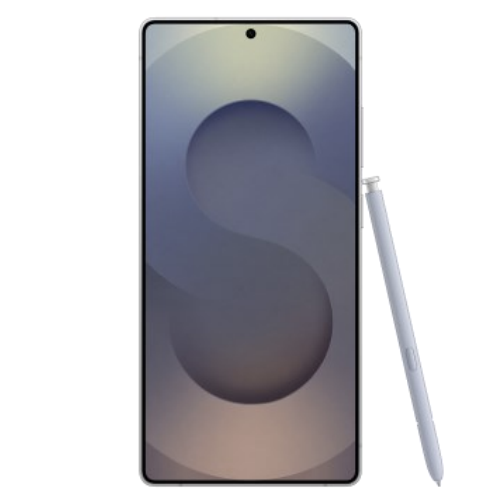Summary
- Apple overtakes Samsung for the 1st time in Q1 market share with 4% growth.
- iPhone sales grew globally, while Samsung’s sales dropped 5% despite the S25 launch.
- Samsung’s late S25 release and A-series phones may boost sales later in the year.
Like every year, Samsung unveiled its new flagship lineup — the Galaxy S25 series — in January. The launch of new Samsung Galaxy flagship devices usually leads to a boost in sales, with the Korean giant often claiming the top spot in the first quarter, ahead of its rival Apple, which typically struggles during this period. However, it seems even Samsung’s best wasn’t enough this time.
According to a report from Counterpoint Research, Apple has, for the first time ever, taken the top spot for smartphone market share in a first quarter. This position is usually held by Samsung thanks to the launch of its S-series lineup, but it appears the Galaxy S25 series didn’t do enough to secure Samsung’s lead.
Sales data in the report shows Apple’s iPhone sales grew by 4% compared to the same quarter last year, while Samsung saw a 5% decline. While Apple saw dips in traditional markets like the US and Europe, it experienced double-digit growth in Japan, India, the Middle East and Africa, and Southeast Asia. The launch of the new budget iPhone 16e reportedly played a key role in pushing Apple to the top spot.
Apple beats Samsung in Q1 2025 smartphone sales
The iPhone 16e gave Apple the push it needed
Still, it’s not all bad news for Samsung. The report notes that while the company had a slow start to the quarter — partly due to the later launch of the S25 series — sales picked up toward the end. The Galaxy S25 Ultra in particular saw increased demand, and the recent launch of A-series phones like the Galaxy A56 is expected to further improve numbers going forward.
Apart from Samsung and Apple, the report mentions that other Android OEMs such as Xiaomi, Vivo, Oppo, Honor, and Motorola are also seeing gains in various markets. That said, Samsung’s dip in sales isn’t entirely surprising. The Galaxy S25 series didn’t introduce any major innovation beyond new GenAI features — many of which are also coming to older devices — leaving less incentive for users to upgrade.
Consumers are now holding onto their smartphones longer than ever, and the report also predicts the overall smartphone market will likely see a decline in 2025, mainly due to rising economic uncertainties and potential trade issues.
-
Samsung Galaxy S25
Samsung’s Galaxy S25 keeps things small without sacrificing power. With a Snapdragon 8 Elite processor, 12GB of RAM, and all sorts of tools courtesy of Galaxy AI, this is everything you expect from a modern flagship squeezed into a relatively svelte chassis.
-
Samsung Galaxy S25 Ultra
Samsung’s Galaxy S25 Ultra leaves the Note-like design behind for the very first time. With flat edges, curved corners, and a massive 6.9-inch display, this is a modern flagship through and through — and yes, that S Pen is still here too.




